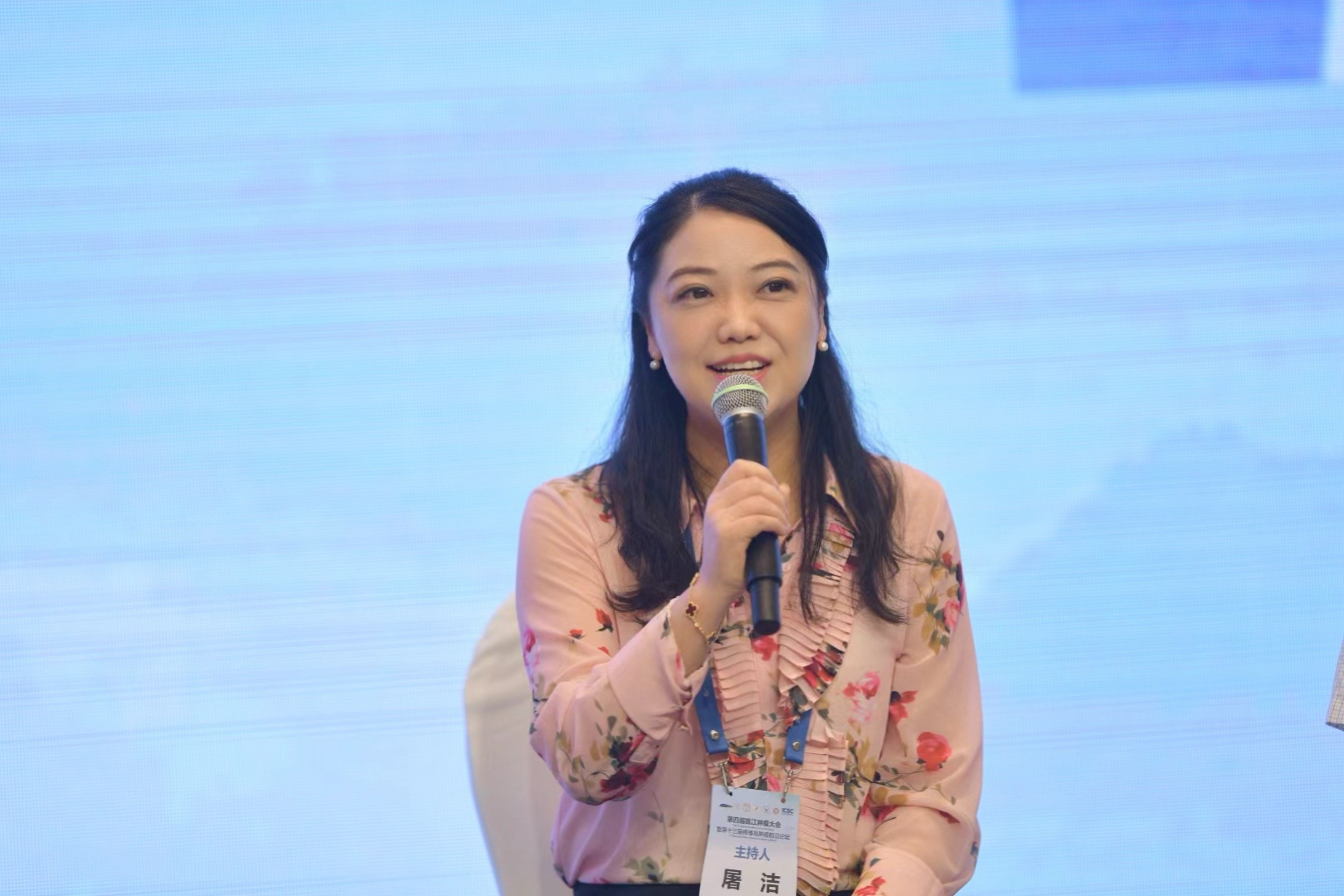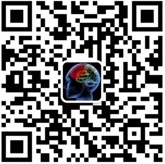
TU Jie
Research
屠洁研究员近年来关注良/恶性环境刺激诱导的情感和行为异常的环路和细胞分子机制,探索星形胶质细胞功能异常影响神经元活动的分子靶标,并揭示了星形胶质细胞—神经元互作单元对情绪、认知和决策等行为的调控作用;进一步探讨了长期的负性情绪异常/心理应激导致机体发生病理变化的神经基础。
Stress response refers to a series of comprehensive physical and mental reactions triggered by external or internal environmental stimuli. These responses typically manifest as changes in physical, psychological, cognitive, or behavioral aspects, helping individuals adjust or restore balance. The adaptive stress response induced by long-term benign/malignant stimuli is influenced not only by environmental factors but also by genetic factors. Understanding how environmental and genetic factors interact to affect the neural mechanisms of behavioral adaptation is a current research focus in the field.
Professor Tu Jie has been focusing on the study of the circuits and cellular or molecular mechanisms induced by benign/malignant environmental stimuli that lead to emotional and behavioral abnormalities. She explores the molecular mechanisms by which astrocyte dysfunction affects neuronal activity and has revealed the regulatory role of astrocyte-neuron interaction units in behaviors such as emotion, cognition, and risk-assessment. Furthermore, she investigates the neural basis of pathological changes in the body caused by prolonged negative emotional abnormalities or psychological stress.
Biography
Since 2016, Principal investigator and professor at SIAT CAS
2010-2015, Associate Professor at SIAT CAS
2009-2010, Assistant Professor at SIAT CAS
2009, The University of Hong Kong, PhD in Physiology
2004, Zhejiang University, Master of Philosophy in Physiology
2001, Zhejiang University, BSc in Biochemistry and Biotechnology
Selected publications
- Zhou XY#, Xiao Q#, Liu YH, Chen S, Xu XR, Zhang ZG, Hong YC, Shao J, Chen YW, Chen Y, Wang LP*, Yang F*, Tu J*. Astrocyte-mediated regulation of BLAWFS1 neurons alleviates risk-assessment deficits in DISC1-N mice. Neuron 2024; 112, 2197–2217.
- Xu XR,Xuan SM, Chen S, Liu D, Xiao Q*, Tu J*. Increased EAAT2 levels in BLA astrocytes mediated chronic stress-induced anxiety-like behavior. Neural Regeneration Research 2024; April 16: DOI: 10.4103/NRR.NRR-D-23-01411.(On-line)
- Liu D, Hu H, Hong Y, Xiao Q, Tu J*. Sugar beverage habitation relieves chronic stress-induced anxiety-like behavior but elicits compulsive eating phenotype via vLSGAD2 neurons. Int J Mol Sci 2022; Dec; 24(1):661.
- Xiao Q#, Zhou X#, Wei P#, Xie L, Han Y, Wang J, Cai A, Xu F, Tu J*, Wang L*. A new GABAergic somatostatin projection from the BNST onto accumbal parvalbumin neurons controls anxiety. Molecular Psychiatry 2021; Sep;26(9):4719-4741.
- Zhang ZG, Yang XF, Song YQ*, Tu J*. Autophagy in Alzheimer’s disease pathogenesis: Therapeutic potential and future perspectives. Aging Research Reviews 2021; Dec; 72: 101464.
- Zhou XY#, Wu BF#, Liu WH#, Xiao Q, He W, Zhou Y, Wei PF, Zhang X, Liu Y, Wang J, He JF, Zhang ZG, Li WD, Wang LP, Tu J*. Reduced firing of accumbal parvalbumin interneurons causes impairment of risk avoidance in DISC1 transgenic mice. Neuroscience Bulletin 2021; Sep;37(9):1325-1338.
- Xu XR, Xiao Q, Hong YC, Liu YH, Liu Y, Tu J*. Activation of dopaminergic VTA inputs to the mPFC ameliorate chronic stress-induced breast tumor progression. CNS Neuroscience & Therapeutics 2021; 27(2):206-219.
- Wang J, Tu J, Cao B, Mu L, Yang XW, Cong M, Ramkrishnan AS, Chan HM, Wang LP*, Li Y*. Astrocytic L-Lactate Signaling Facilitates Amygdala-Anterior Cingulate Cortex Synchrony and Decision Making in Rats.Cell Reports 2017; 21(9): 2407-2418.
- Yang F#, Liu Y#, Tu J#, Wan J, Zhang J, Wu B, Chen S, Zhou J, Mu Y, Wang L. Activated astrocytes enhance the dopaminergic differentiation of stem cells and promote brain repair through bFGF. Nature Communications 2014; Dec 17;5: 5627.
- Tu J, Yang F, Wan J, Liu Y, Zhang J, Wu B, Liu Y, Zeng S, Wang L. Light-controlled astrocytes promote human mesenchymal stem cells toward neuronal differentiation and improve the neurological deficit in stroke rats.Glia 2014; 62(1):106-1
- Yang F#, Tu J#, Pan JQ#, Luo HL, Liu YH, Wan J, Zhang J, Wei PF, Jiang T, Chen YH, Wang LP. Light-controlled inhibition of malignant glioma by opsin gene transfer. Cell Death and Disease 2013; Oct 31;4: e893
- Tu J, Le G, Ballard HJ*. Involvement of the cystic fibrosis transmembrane conductance regulator in the lactic-acid-induced increase in interstitial ATP in rat EDL muscle. The Journal of Physiology 2010; 588 (Pt 22): 4563-45

